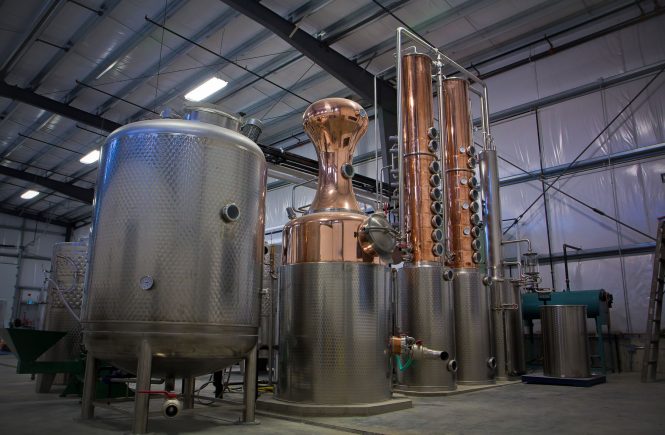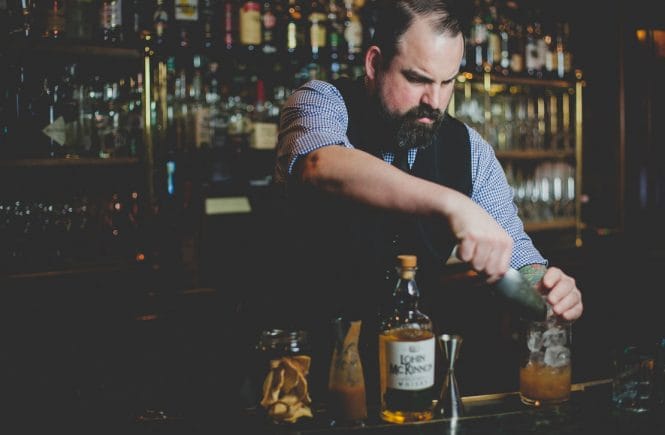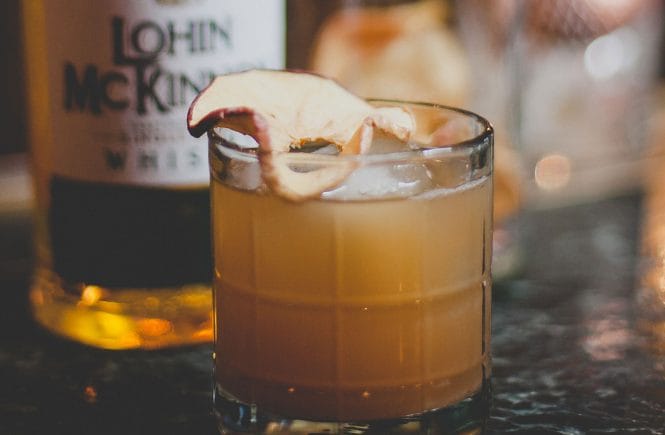Where B.C. was once a major barrel producer, today distillers are scrambling to find casks
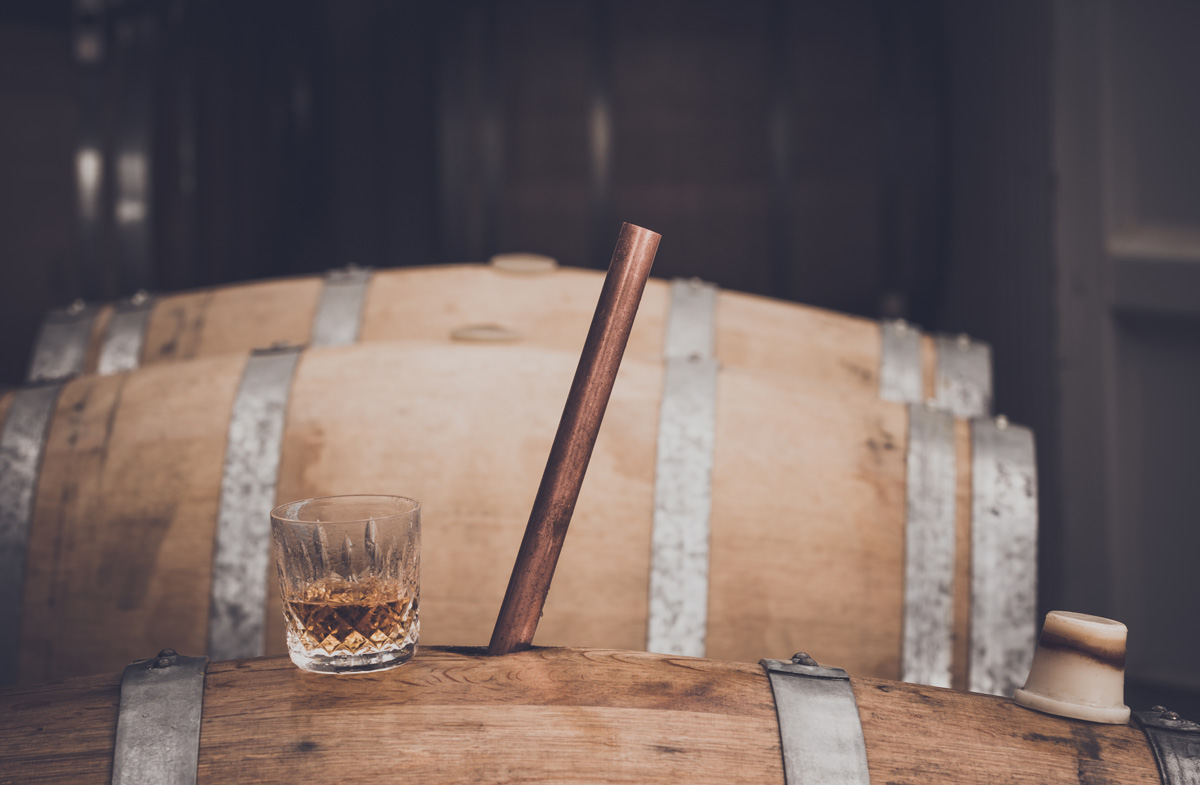
There’s a spot on the Seawall of Vancouver’s northeast False Creek that should be a pilgrimage—or maybe mourning grounds—for B.C. whisky fans. Under the Cambie Bridge in Coopers’ Park, a plaque marks where the Sweeney Cooperage set up shop in 1889, becoming an important international manufacturer of wooden barrels. It closed in 1981, three decades too early for the current demand from B.C. distillers.
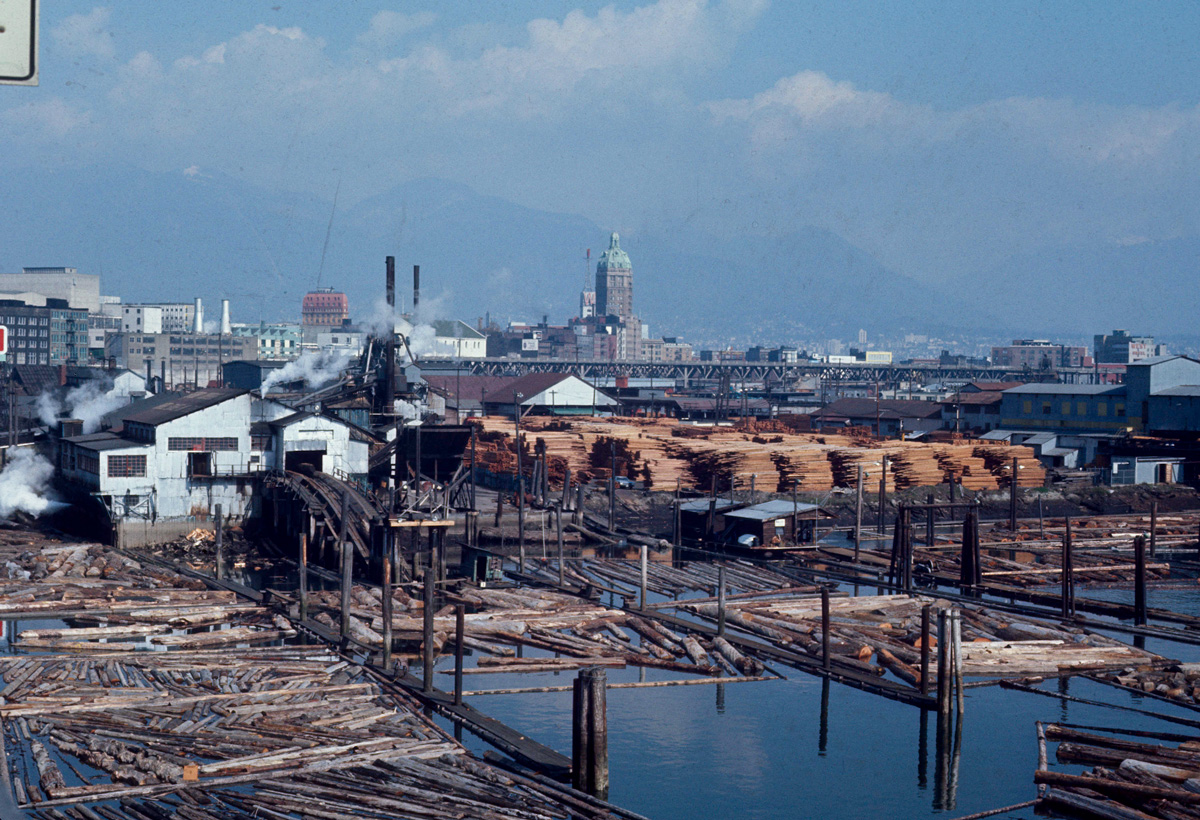
The vanilla and spice flavours we take for granted in small-batch whisky are hard earned. Three years of wood-aging is an essential requirement for a whisky in Canada—a country with virtually no working coopers. (OK, there’s at least one in Ontario who prefers to remain obscure.) Western North America doesn’t even really grow the types of oak necessary for quality barrels (though Seattle’s Westland distillery is experimenting with Oregon Garry oak). While big distilleries order thousands of used 200-litre American standard barrels—which can only be used once in bourbon production—acquiring them can be a challenge for small distilleries.
“When I built my business plan, a previously used ex-bourbon barrel was $120… I just bought one yesterday that was $300. I should have invested in barrels 10 years ago!” says Grant Stevely, owner and distiller at the Dubh Glas distillery near Oliver. Aside from rising prices, he faces other challenges: demand from the global whisky industry, barrel brokers who take their cut and the small quantity he needs.
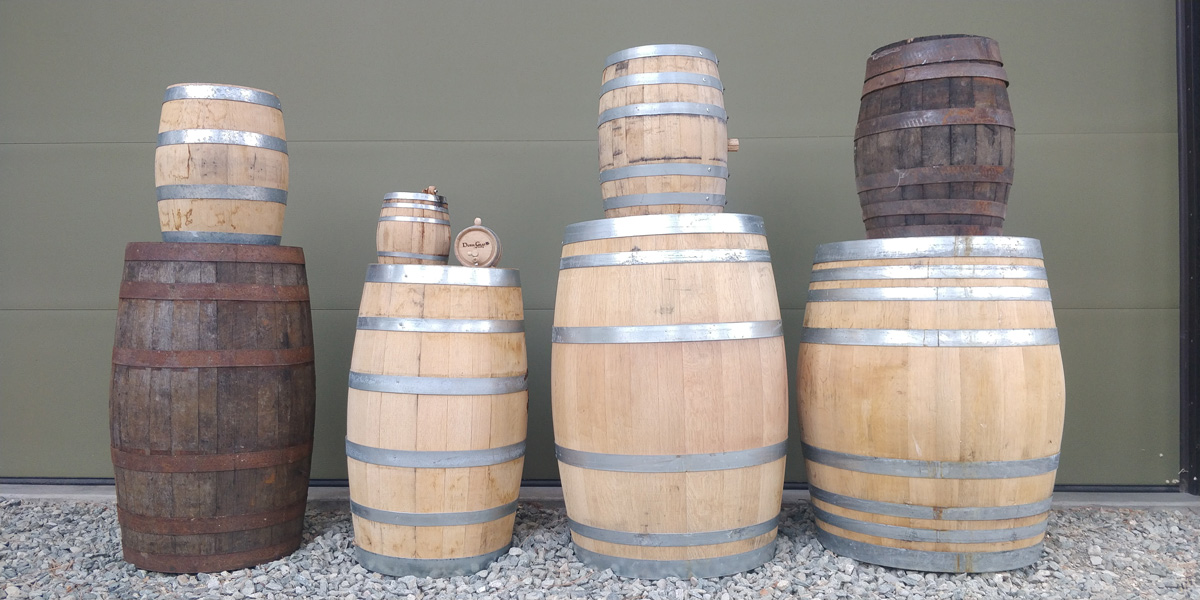
Stevely uses everything from small so-called octaves to used quarter-casks from Laphroaig to half-size barrels custom-coopered in the U.S. from ex-bourbon wood. He also has a secret weapon: former Okanagan Barrel Works cooper Cal Craik, who closed his business in 2014, “still lives in town and has helped me with barrel repairs, which is so valuable,” says Stevely. Craik is a godsend when barrels leak or get damaged in transport.
Just to the north, wine-country neighbours Legend Distilling source three types of former wine barrels to age Wyatt, their first whisky release. “We have an excellent supply of quality French oak barrels all around us that have been used for wine, Port-style and other fortified wines, so why not utilize them?” says distillery co-owner Dawn Lennie.
Award-winning Lohin McKinnon, made at Central City Brewers & Distillers in Surrey, looks further afield. With more than 2,000 barrels of whisky aging, marketing director Dustin Sept tells me, “We play to the roots of what built our brand on the beer side of things, which is using wood and other techniques to push the boundaries of flavour, and doing things that really no one is doing in B.C. or even the world.” That includes a tequila-barrel-finished whisky that came out last year, as well as casks once used for aging everything from rum to Sauternes wine to Oloroso and Pedro Ximenez sherry. “A Muscat white wine-finished whisky will be next,” Sept says, with one finished in Ontario VQA wine barrels now.
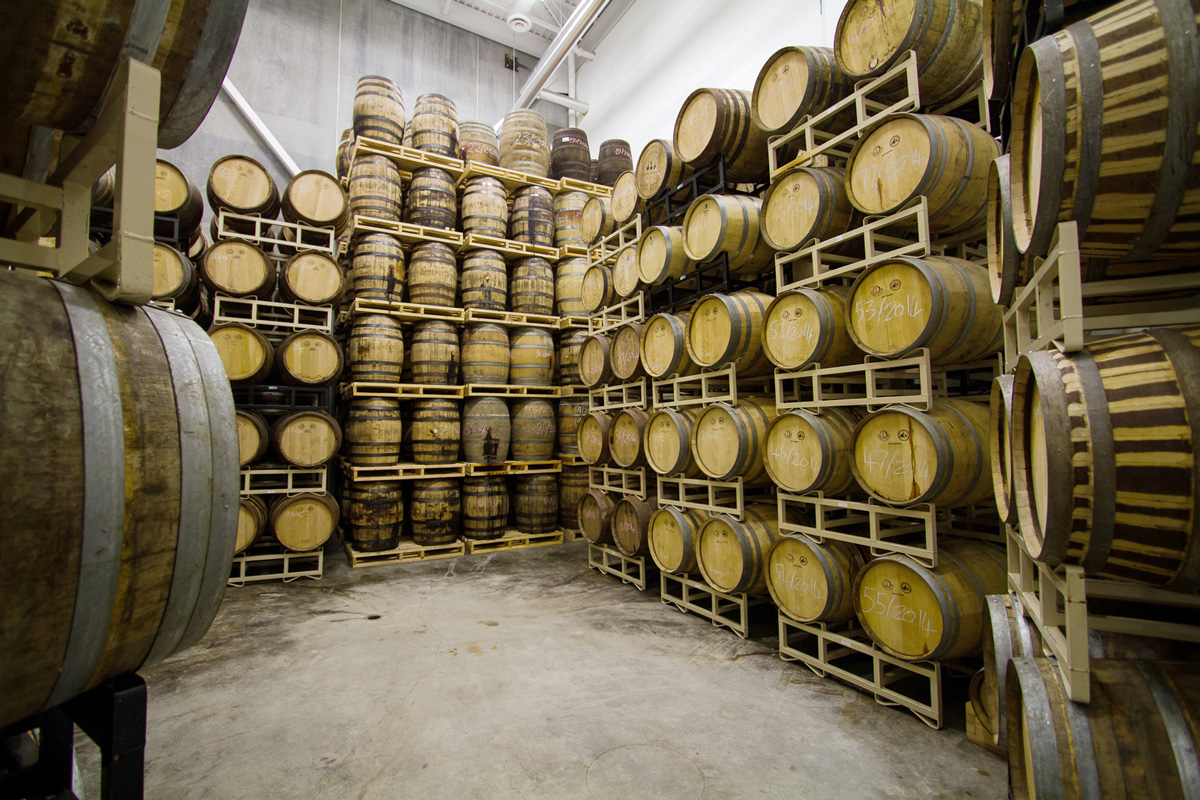
Beyond the supply chain, used barrels pose other challenges. “When we procure something for re-use, it needs to be wet, it needs to be fresh. If they’ve been sitting too long you may not get the flavour you want out of them. It really is an artisanal experience when the distiller is filling these barrels and trying to get what he wants from them,” says Sept.
In many a B.C. distillery, you’ll also see the Black Swan logo on heads of barrels from 20 to 200 litres in size. The Minnesota cooperage caters to craft producers with its patented “honeycomb” carved barrel staves, which expose spirits to greater wood surface area for faster aging.
Tellingly, the Best New Whisky at the Canadian Whisky Awards this year was B.C.-aged Bearface, a flavour-bomb product of seven years in American, French and—in a first for Canadian whisky—a three-year-old air-dried virgin Hungarian oak cask. Based on a tip that master blender Andres Faustinelli got from a cooper in Napa, it gave “rye-like notes and a rich texture” to the corn whisky, he says. Until B.C. raises a new generation of coopers, it’s innovations like this that will keep our whisky glasses full.
—by Charlene Rooke


